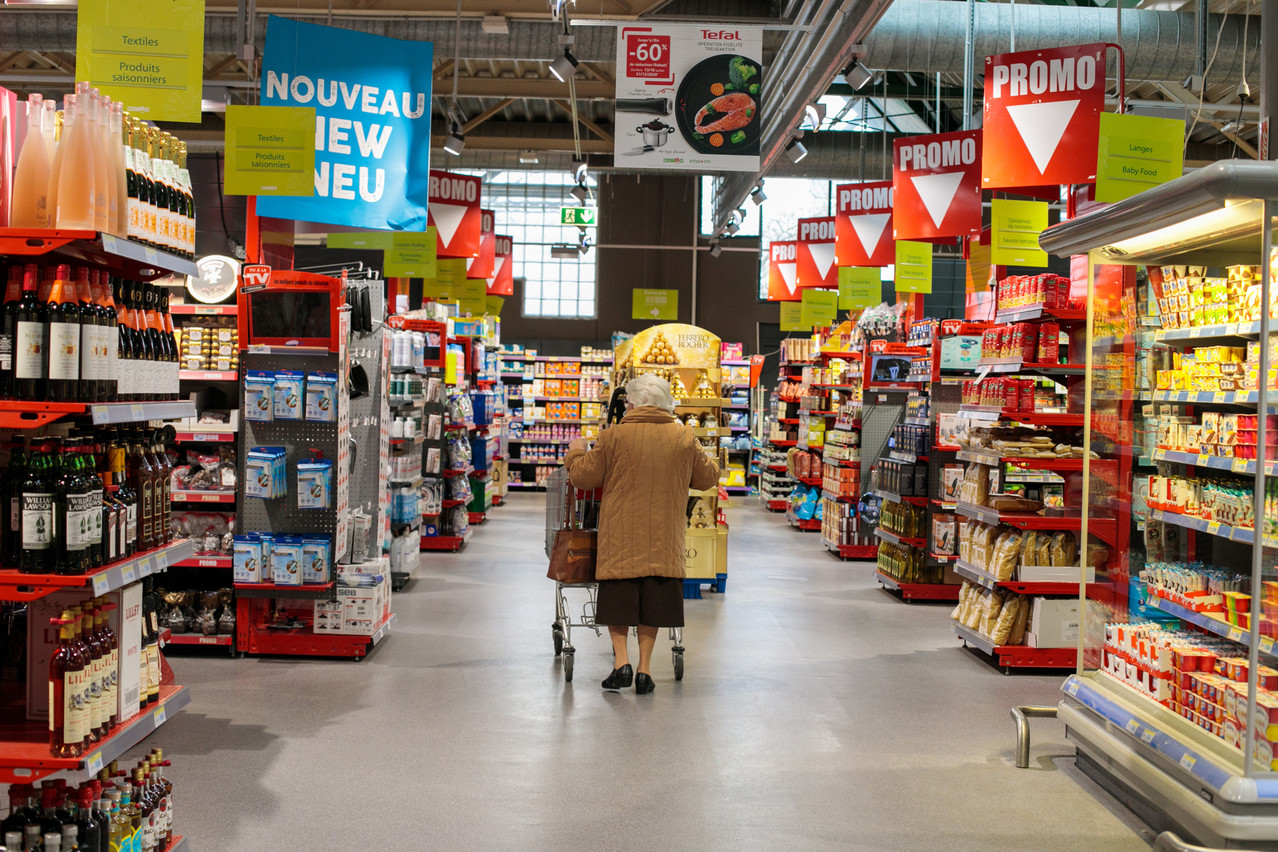The European statistics bureau at the start of February published a study on the percentage spent on food and drinks in EU households. On average, EU households spent 14.3% of their budget on these products--less than in 2020 when it was 14.8%. Western European countries tended to spend less than their Eastern European counterparts, though in total EU residents spent over €1,035bn--or 7.1% of the EU’s total GDP--on foods and soft drinks.
The lowest shares were recorded in Ireland (8.3%), Luxembourg (9%) and Austria (10.9%), while the highest shares were found in Romania (24.8%), Lithuania (20.4%) and Bulgaria (20.1%).
The share of total house expenditure spent on foods and non-alcoholic drinks decreased in most countries compared to 2020.
When it came to alcohol, Luxembourg was one of the bigger spenders of the EU in 2021--spending, like in 2020, 2.7% of its expenditure on the product and exceeding the EU average of 1.8% by 0.9%. Estonia (5%), Poland (4.7%) and Lithuania (3.7%) proportionally attributed the biggest budget to alcohol.
On a global scale, international food commodity prices have continued to decline for the tenth consecutive month, the UN’s Food and Agriculture Organisation reported on 3 February 2023. Global vegetable oils, dairy and sugar prices drove the decline, while cereals and meat saw their prices remain stable. The price indices for all categories were, however, substantially higher in 2022 than in 2021.
